Nestled amidst the rugged landscapes and towering cliffs, cliffside dwellings stand as testaments to human ingenuity and resilience. These remarkable homes, intricately woven into the very fabric of the mountains, offer a glimpse into the symbiotic relationship between mankind and the natural world.
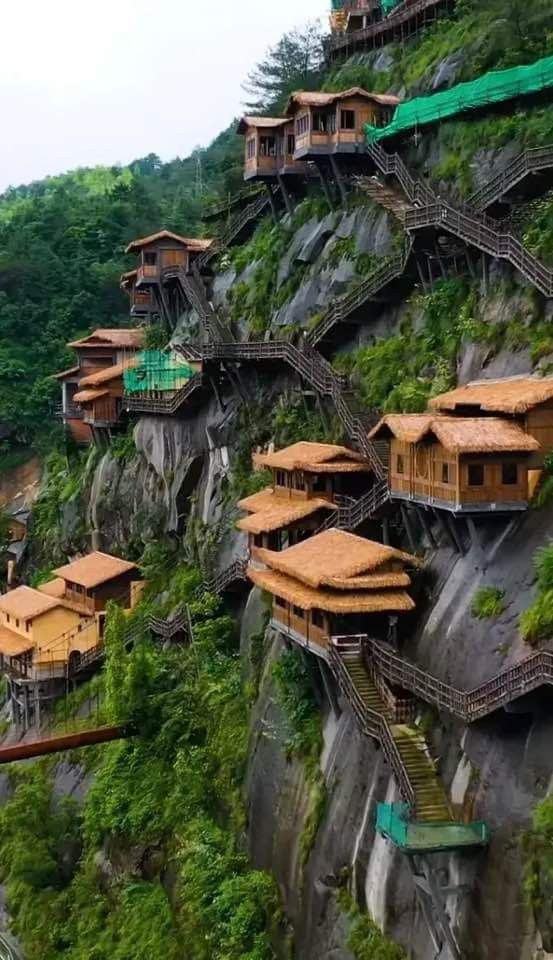
Perched precariously on sheer rock faces, cliffside dwellings have been a feature of human habitation for centuries, with examples found across diverse geographical regions, from the cliff dwellings of Mesa Verde in the United States to the ancient cave dwellings of Cappadocia in Turkey. These homes serve as reminders of our ancestors’ resourcefulness in adapting to their surroundings and harnessing the natural environment for shelter and protection.
The construction of cliffside dwellings requires meticulous planning and skillful craftsmanship. Using locally sourced materials such as stone, clay, and wood, inhabitants carve out niches and chambers directly into the rock, creating living spaces that blend seamlessly with their surroundings. Narrow pathways and staircases wind their way along the cliffs, connecting different levels and providing access to the homes above.
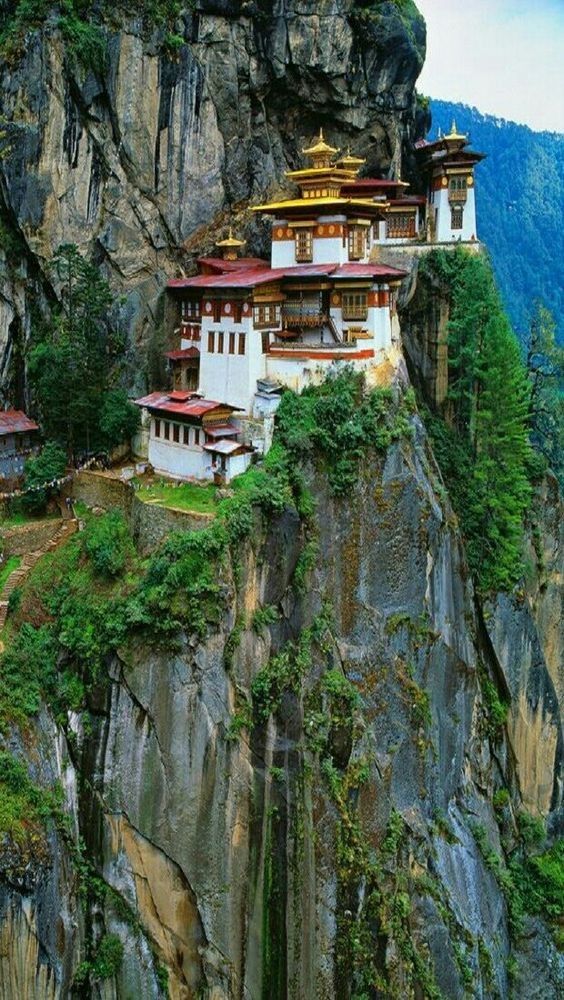
Despite the challenges posed by their unconventional location, cliffside dwellings offer numerous advantages to their occupants. Their elevated position provides unparalleled views of the surrounding landscape, offering a sense of awe and connection to the natural world. Additionally, their proximity to natural resources such as water and fertile soil ensures self-sufficiency and sustainability for those who call them home.
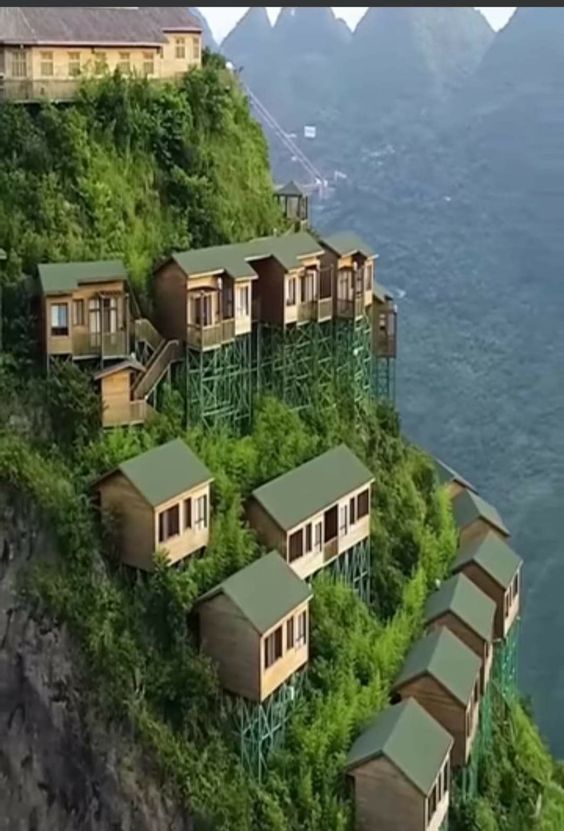
Furthermore, cliffside dwellings serve as symbols of cultural identity and heritage for the communities that inhabit them. Many of these homes are steeped in history and tradition, passed down through generations as sacred spaces imbued with spiritual significance. They are often adorned with intricate carvings, paintings, and decorations that reflect the beliefs and values of their inhabitants, creating a sense of belonging and community.
In recent years, cliffside dwellings have also captured the imagination of modern architects and designers, inspiring innovative approaches to sustainable living and eco-friendly architecture. Concepts such as cliffside villas and modular cliff homes seek to blend contemporary design principles with the timeless appeal of cliffside living, offering a harmonious balance between comfort, aesthetics, and environmental stewardship.
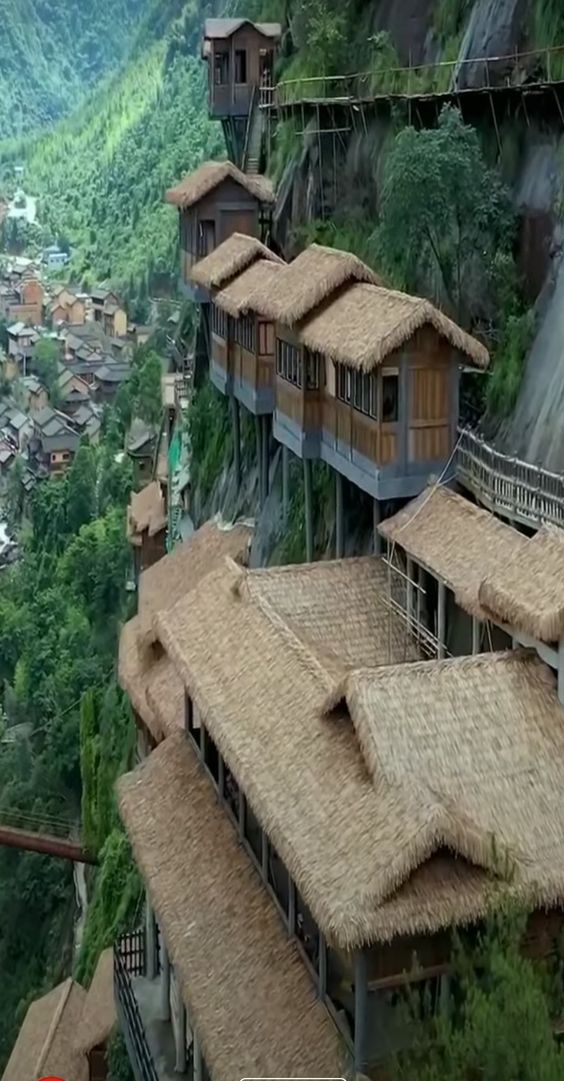



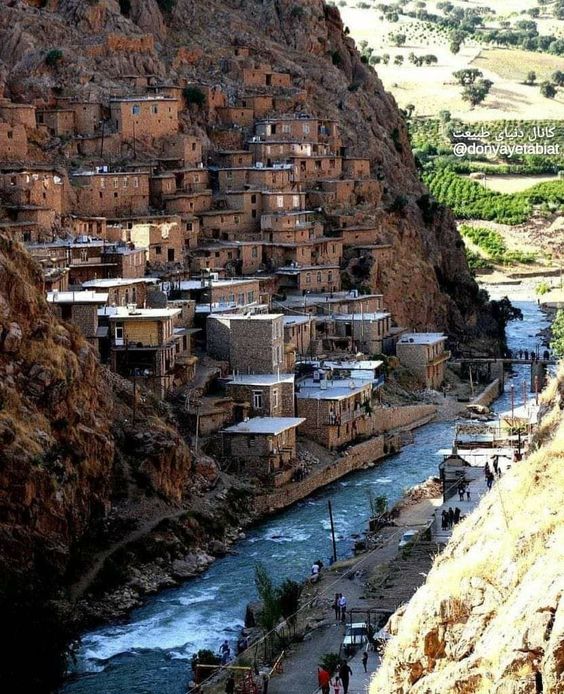
In conclusion, cliffside dwellings stand as monuments to human resilience, creativity, and adaptability in the face of nature’s challenges. As we continue to explore new frontiers in architecture and design, these remarkable homes serve as reminders of the enduring bond between mankind and the majestic mountains that shape our world.





